#neophema
Text

Scarlet-chested Parrot (Neophema splendida), male with chicks, family Psittaculidae, order Psittaciforms, Gluepot Bird Reserve, South Australia
photograph by Peter Waanders
668 notes
·
View notes
Text
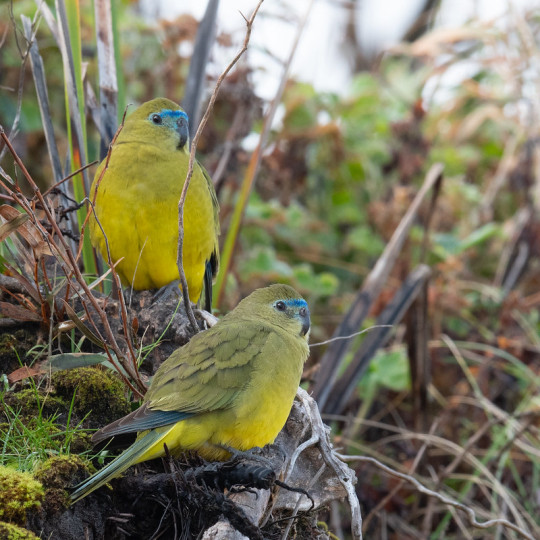
A pair of rock parrots (Neophema petrophila) in Denmark, West Australia
by John Anderson
#rock parrot#grass parrots#parrots#birds#Neophema petrophila#Neophema#psittaculidae#psittaciformes#aves#chordata#wildlife: australia
401 notes
·
View notes
Text
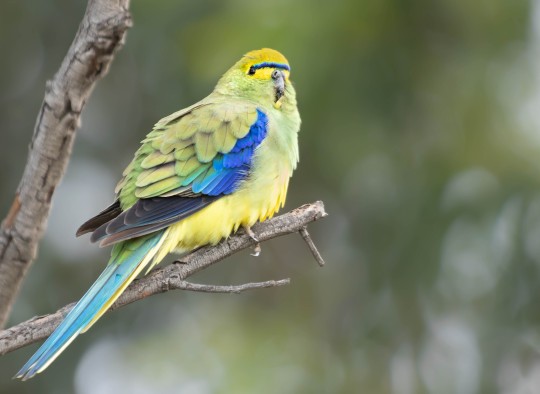
[1530/10977] Blue-winged Parrot - Neophema chrysostoma
Order: Psittaciformes (parrots)
Superfamily: Psittacoidea (true parrots)
Family: Psittaculidae (Asian and Australasian parrots)
Subfamily: Platycercinae
Photo credit: Zebedee Muller via Macaulay Library
#birds#Blue-winged Parrot#Psittaciformes#Psittacoidea#Psittaculidae#Platycercinae#Neophema#birds a to z#undescribed
100 notes
·
View notes
Text
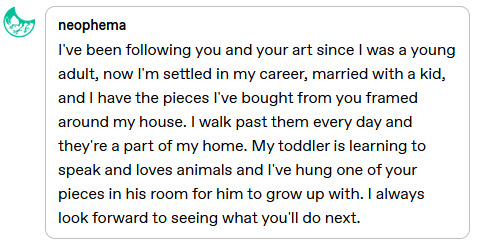
@neophema Sorry it took me so long to notice this! I wish there was a better system for replies on Tumblr because I really appreciate it when people leave such nice comments.
Thank you so much for telling me this! It really made my day and I’m just so happy to hear that both you and your kid enjoy what I do. It feels so special to me.
I hope you have a great day and I hope you’ll like what I create next!
44 notes
·
View notes
Photo

Turquoise parrots (Neophema pulchella), a species native to eastern Australia
The most famous grass parrot is the orange-bellied parrot (Neophema chrysogaster), endemic to southern Australia and critically endangered. Like the scarlet-chested parrot, orange-bellied parrots are migratory, which makes them very difficult to monitor, prompting scientists to trial approaches such as engaging the public to help track them.
Image credit: Juniors Bildarchiv GmbH / Alamy Stock Photo
#juniors bildarchiv#photographer#gmbh#alamy stock photo#turquoise parrots#parrots#bird photography#neophema pulchella#australian#australian geographic#nature
123 notes
·
View notes
Text
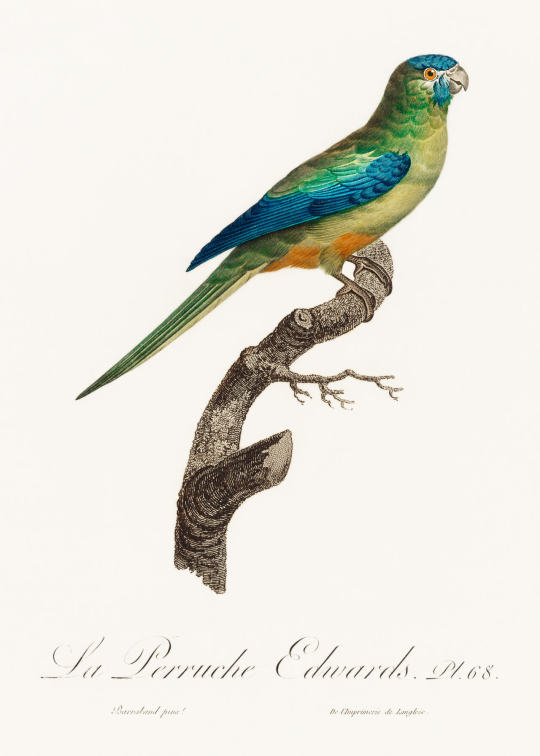
La Perruche Edwards. Pl. 68. | Histoire naturelle des perroquets t.1 | Biodiversity Heritage Library | rawpixel
#françois levaillant#jacques barraband#neophema pulchella#turquoise parrot#zoological illustration#ornithological illustrations
4 notes
·
View notes
Text
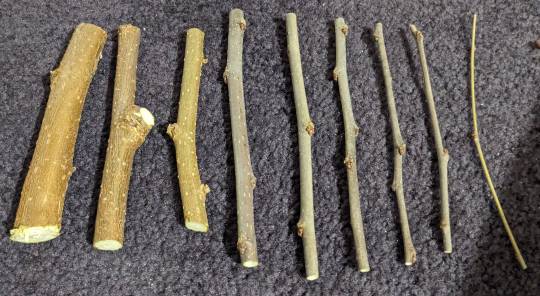
Anyone keeping rodents or rabbits or parrots in the market for some mulberry chews?
We had to take down two mulberry trees in the bird pens today in order to allow for redoing the overhead netting and repair of a support post, so I have a TON of fresh, organic, pesticide-and-fertilizer-free mulberry wood I can dry and bake for chews right now. The wood is sweet-smelling and on the softer side, and it tends to shred instead of chipping like apple wood. My mice and rats loved shredding out pieces and putting it into their nests. Wood will be cut, air-dried in the house, and baked.
Safe wood for at least rats, mice, rabbits, chinchillas, and guinea pigs to chew and safe for parrots EXCEPT possibly neophema species (diuretic effects were noted in just this species when consuming leaves, but play it safe).
#rat#rodent#mouse#rabbit#guinea pig#mice#longfeather lane#I'd rather spend the time to make use of it#but if no one's interested I won't wear my hands out doing it#I have plenty of brush pile space and a big firepit#figured I would offer though#Probably price it by weight post-bake
207 notes
·
View notes
Text
Over 80 critically endangered parrots have returned to their breeding ground in Tasmania – the highest number in 15 years.
Only 3 wild female orange-bellied parrots (Neophema chrysogaster) returned from their annual migration to the Australian mainland in 2016. The species was almost declared functionally extinct, despite decades of dedicated breeding programs and research into the colorful bird's conservation.
And while their numbers finally seem to be heading in the right direction, there's still a long way to go.
Continue Reading.
103 notes
·
View notes
Text
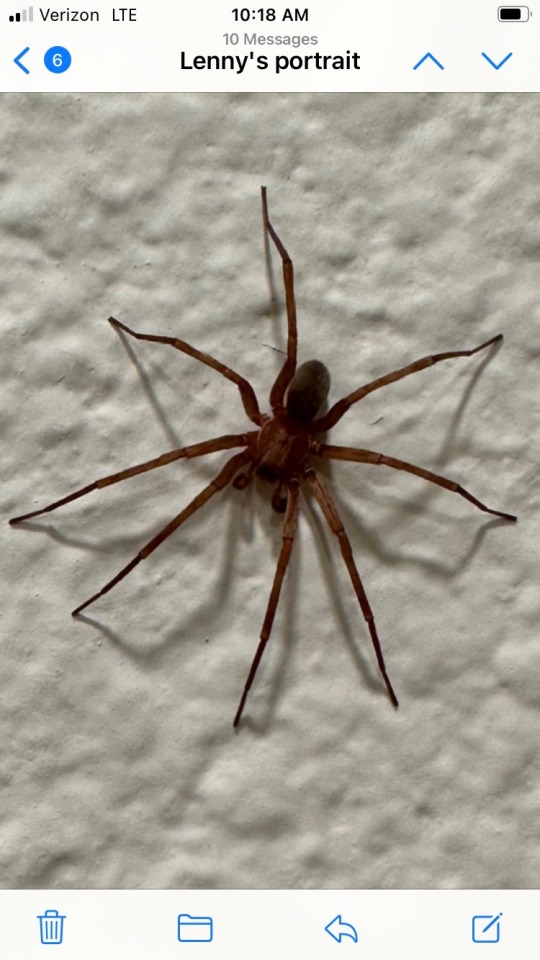
@neophema submitted: Can you tell from this photo what kind of spider this is? Found in Orange County, California. Thank you!
Wow Lenny the spider is a very beautiful man. He looks like a rocky canyon spider in the genus Titiotus.
People may want to yell that he's a brown recluse, but California is out of their range! There are other recluse species found in California, but this guy definitely doesn't fit the description.
153 notes
·
View notes
Note
What are some vulnerable/threatened/endangered species that you think are cool? (This can include both animals and plants)
There's a few, so I'm only doing critically endangered Australian species.
The south coast underground orchid, Rhizanthella johnstonii, is native to Western Australia and one of the weirdest plansts I've ever seen. Their mature population is estimated at a max of 49, but the population is stable.

The Lord Howe Island stick insect, Dryococelus australis, was thought to be extinct since 1920 before it was rediscovered in 2001. It's considered the rarest insect in the world, and while once found throughout Lord Howe Island, it's now only found on the islet of Bell's Pyramid. They're being killed by invasive black rat population on the island, who eat the adults and young, and the estimated mature population on the island is a max 35 individuals. Efforts are being made to eradicate the rats from the island, and reintroduce mature breeding adults, since luckily this is a species that thrives in captivity. Their primary threat is invasive species.

The Wyong Midge orchid, Genoplesium insigne, is native to the Central Coast of New South Wales. Their population is decreasing, and their estimated mature max population is 19. Their primary threats are invasive species particularly predation by rabbits, habitat disturbances, and illegal collecting.

The green sawfish, Pristis zijsron, is found the northern oceanic and intertidal waters of Australia. They used to be very prevalent in the waters north of Kakadu. The IUCN doesn't list their estimated population, but it is known that it's decreasing. Their primary threat is overfishing, as their fins are used for shark fin soup, their snouts are considered souvenirs, and because their meat is often desired for use in traditional Asian medicine, specifically Chinese. Their snouts also make them get caught in fishing nets often, and they're often killed being being brought on boats because of the danger their snouts pose to humans. They're also threatened by habitat loss. This is a species culturally important to many Aborigine mobs, and a species that's often considered sacred.

The southern corroboree frog, Pseudophryne corroboree, is a frog native to the Southern Tablelands of NSW. For a frog they're unique--most frogs obtain their poisons from animals they eat, but corroboree frogs produce their own poison. Their primary threats are habitat destruction, feral animals, chrytrid ("frogkiller") funguses, and bushfires. Their max mature population is 50, and their population is decreasing.

The orange-bellied parrot, Neophema chrysogaster, is native to Tasmania, its only known breeding location. This is one of the three known migrating parrot species. Their maximum mature population is 25. Their primary threats are competition with invasive species, predation by invasive species, habitat loss, and disease.
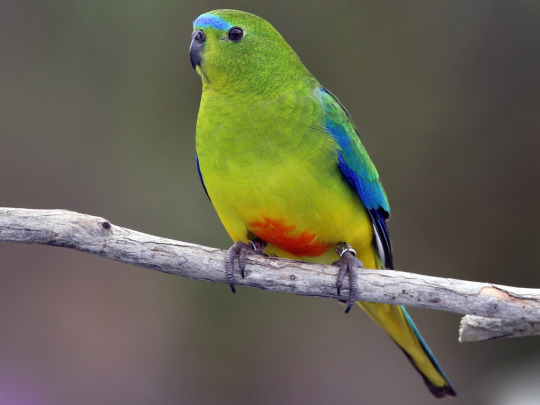
11 notes
·
View notes
Text
Very small granivorous birds can survive without any drinking water because they produce sufficient water meta- bolically through oxidation of carbohydrate and fats to replace water losses. The budgerigar (27 g) and Bourke’s parrot (Neophema bourkii; 39 g) can live without drinking water at cool temperatures (10– 20C)64 but require drinking water at higher tem- peratures. Larger species require a water source at all environmental temperatures.
When I first got Mia the common knowledge was if you don't make sure they drink every dang hour then they will immediately drop dead because tiny sensitive body.
#this was obviously false as Mia basically only drinks three times a day#and its usually just cause she stuffed her crop and wants to wash it down with a cool sippy
8 notes
·
View notes
Text

Orange-bellied Parrot (Neophema chrysogaster), male, family Psittaculidae, order Psittaciformes, southern Australia
CRITICALLY ENDANGERED.
photograph by Jan Wegener
542 notes
·
View notes
Text
Mix de Semente Caseiro
Adaptado do texto escrito por Jamieleigh Womach e Patty Jourgensen aqui e aqui.

Sementes na dieta de aves selvagens
Na natureza, todas as espécies de psitacídeo consomem sementes diariamente. Existem muitos benefícios para saúde, porém não se pode comparar a dieta dos animais em vida livre com a dos animais em cativeiro. Aves de estimação gastam apenas uma fração da energia de aves selvagens, pois não precisam procurar comida, voar por longos períodos, procurar parceiros, buscar material para ninho, etc.
Dito isso, é necessário que haja bom senso na quantidade ofertada ao animal. Sementes são ricas em gordura e calorias, quando você combina isso com petiscos, elas podem rapidamente se tornar um problema na dieta, levando a obesidade e problemas de gordura no fígado, que a longo prazo se tornam fatais.
As sementes por si não são tóxicas, não são perigosas, mas precisam ser servidas com responsabilidade. A maior parte da dieta deve ser reservada a ração extrusada ou alimentação natural. De 10-20% somente deve ser composto por sementes.
Uma questão de níveis de energia
Recomendamos que apenas as menores espécies de psitacídeos tenham sementes em suas dietas, por uma razão muito simples: seu tamanho. Um papagaio de estimação pode atravessar uma casa com apenas algumas batidas de asa, enquanto aves menores precisam trabalhar mais para fazê-lo, necessitando uma energia maior, e uma queima maior de calorias.
Uma boa mistura de sementes deve ser feita em casas de produtos naturais, com qualidade para consumo humano. Muitas vezes, as misturas comerciais adicionam ingredientes que não tem valor nutricional real, estão cheias de cascas, corantes artificiais cancerígenos, oleaginosas, ou farelos que são apenas para “fazer volume” no saco plástico.
Os grãos desses mix geralmente são velhos, já pobres em nutrientes, e alguns como milho e amendoim podem inclusive conter fungos e micotoxinas se mal armazenados. Não existe controle rígido nas sementes e grãos destinados a animais. Comprando de casas naturais você consegue contornar tudo isso.
Oleaginosas como sementes de girassol, cártamo, castanhas, amendoim e etc deveriam ser reservados como recompensas ocasionais, jamais parte da dieta base do animal.
RECEITA 1
(ideal para periquitos australianos, forpus, neophemas, e aves do porte)
500g de Painço descascado
500g de Quinua
1/2 xícara de Linhaça marrom
1/2 xícara de Colza
1 xícara de Aveia em flocos
1 xícara de Chia
RECEITA 2
(ideal para calopsitas, roselas, tiribas, kakarikis e aves do porte)
1 xícara de semente de Trigo
1 xícara de Cevadinha
1 xícara de Quinua
1 xícara de Aveia em flocos
1 xícara de semente de Aveia
1 xícara de Painço descascado
1 xícara de Centeio
Lembre-se de jamais fazer uma mudança brusca na alimentação de sua ave. Adicione 1/4 do mix caseiro e 3/4 do mix comercial que ela já consome. Vá aumentando a proporção ao longo dos dias até que ela se acostume e coma por conta própria. Se a mudança for muito brusca, sua ave pode parar de comer então cuidado!
Onde comprar?
Se você é de SP como eu, a seguir listo alguns lugares que já comprei ingredientes e gostei do armazenamento e atendimento, mas você pode procurar a loja mais próxima ou mais confiável de sua preferência:
Estação dos Grãos
Bendito Grão
Empório Quatro Estrelas
0 notes
Video
#parkiet #grasparkiet #parkieten #parakeets #parakeet #bird #budgie #budgiesofinstagram #birbs #parrotofinstagram #budgies #parakeetlovers #neophema #parrotofinsta #birbsofinstagram #budgielove #parrotlife #birdsofinstagram #birds #pod #budgielover #budgerigar #vogel #parakeetofinsta #parrots #cutebird #budgielife #wellensittich #oga #vogel https://www.instagram.com/p/CAqaEFSnYwm/?igshid=7jzw4nyfd7hx
#parkiet#grasparkiet#parkieten#parakeets#parakeet#bird#budgie#budgiesofinstagram#birbs#parrotofinstagram#budgies#parakeetlovers#neophema#parrotofinsta#birbsofinstagram#budgielove#parrotlife#birdsofinstagram#birds#pod#budgielover#budgerigar#vogel#parakeetofinsta#parrots#cutebird#budgielife#wellensittich#oga
1 note
·
View note
Photo
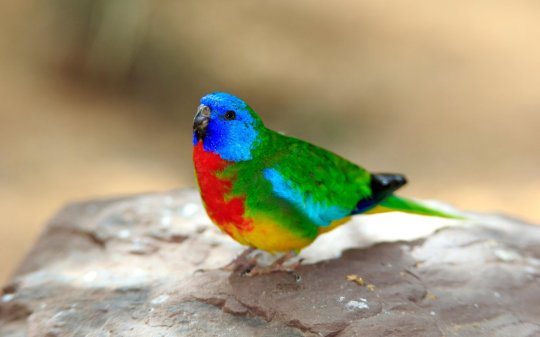
The scarlet-chested parrot looks like a technicolour budgerigar
The scarlet-chested parrot (Neophema splendida) is one of Australia’s most beautiful (and arguably underrated) birds. It’s endemic to arid and semi-arid parts of central South Australia and inland southern Western Australia, particularly throughout the Great Victoria Desert.
Image credit: Imagebroker / Alamy Stock Photo
#imagebroker#photographer#alamy stock photo#scarlet-chested parrot#parrot#bird photography#australian geographic#australia#nature
132 notes
·
View notes
